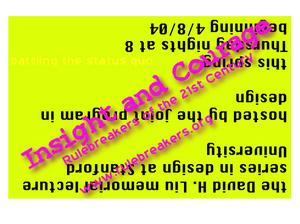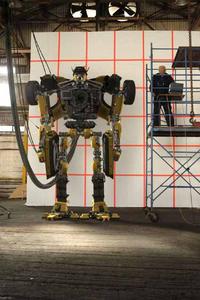Remember Saab? The world-conquering rally cars? The firm whose machines were hallmarks of iconoclastic engineering that coupled functionality, rationality, with understated yet compelling design forms? The crew who brought us ignition on the floor, turbos under the hood, and huge fifth doors which opened up to a cavernous cargo hull?
Well, that Saab is dead, victim of a relentless drive up market to the fairyland of bigger margins and “aspirational” customers. Somewhere along the way, Saab stopped racing and stopped loving cars. They axed the hatchback (you can just see the PowerPoint deck and the MBA voiceover “… the hatchback segment share of market is decreasing year over year…”) and they lost their soul. Only a soulless firm would slap a Saab badge on a Chevy truck, Saab’s next big move.
On every parameter of what once made up “Saab-ness”, Subaru is, well, firing on all four horizontally-opposed cylinders. World-conquering rally cars? Check. And piloted by a charismatic Nordic race driver who grew up driving Swedish cars, to boot. Iconoclastic design sensibilities? More than a heaping spoonful: expensive boxer engines justified on the basis of lower CG, rounds of raucous turbos for the entire bar, and all-wheel drive on all models. What Subaru has done is to whip up a distinctive mix of ingredients and pour it into cars that drivers love. Then, instead of blowing their marketing budget on just the usual media mix, they’re out there mixing it up – and winning – in the World Rally Championship across every continent save Antarctica, letting the car-crazies among us know that Subaru creates exceptional driving experiences. And as Malcolm has taught us, those Mavens are the key to word of mouth…
Your brand does not define the character of your products. Your products (and the layers of sales, service, and support surrounding them) define your brand. A brand is not about words and pictures, it’s about feelings. And it’s the product (or the service or both) your company delivers that generates those feelings.
Want a strong, vibrant brand? Make “branding” the job of your product development group and your marketing team. Let the product crazies have the run of the house. I’ll bet my TiVo that the Saab corporate lot is full of boring, unmodified Saabs driven by boring, by-the-number corporate zombies. And the lot at Subaru? Do I have to tell you?


